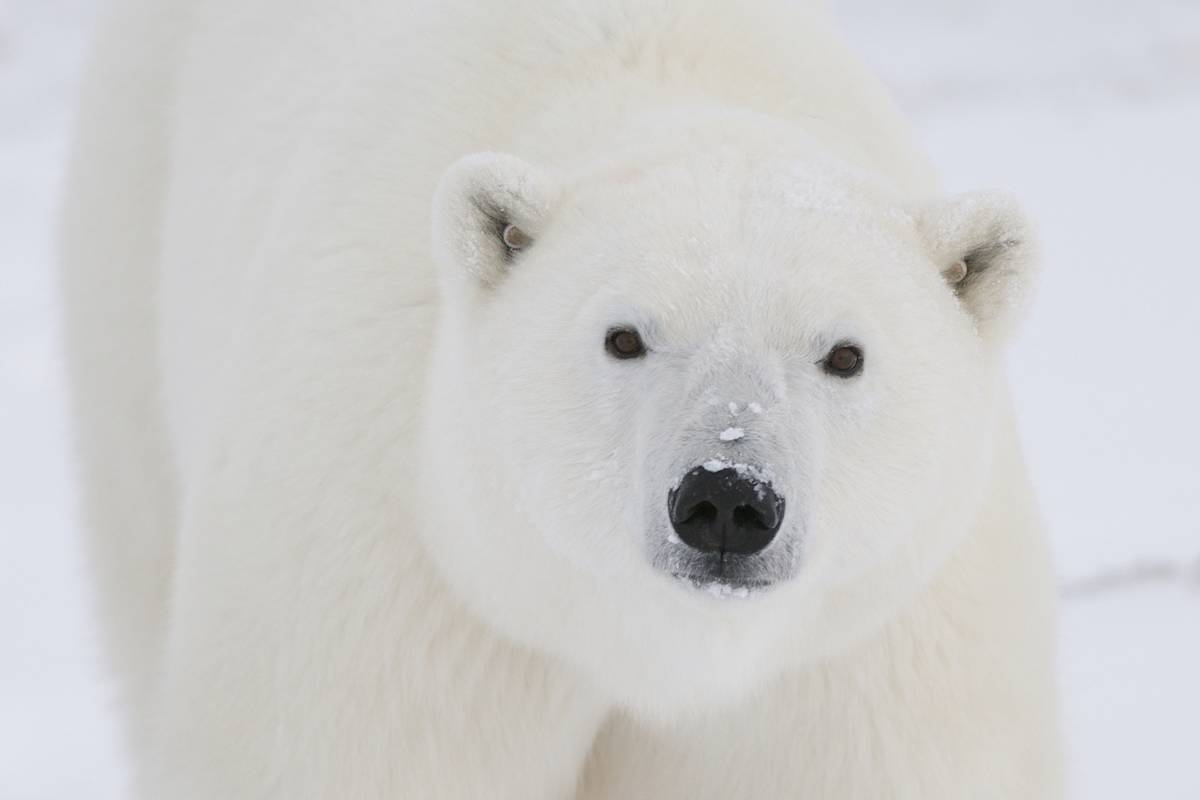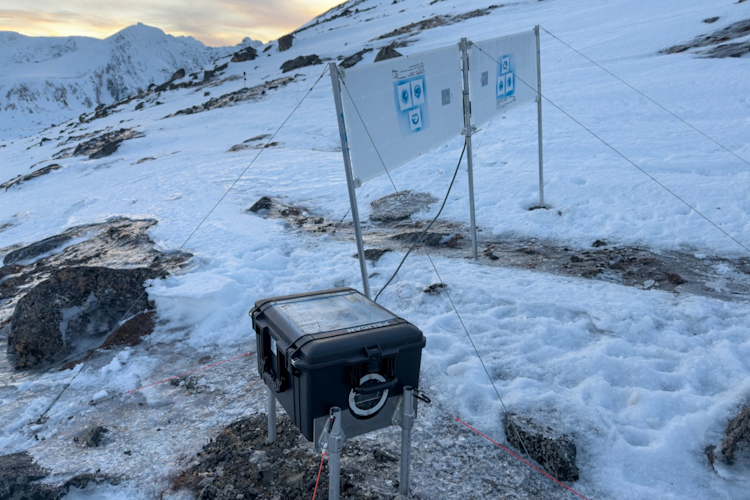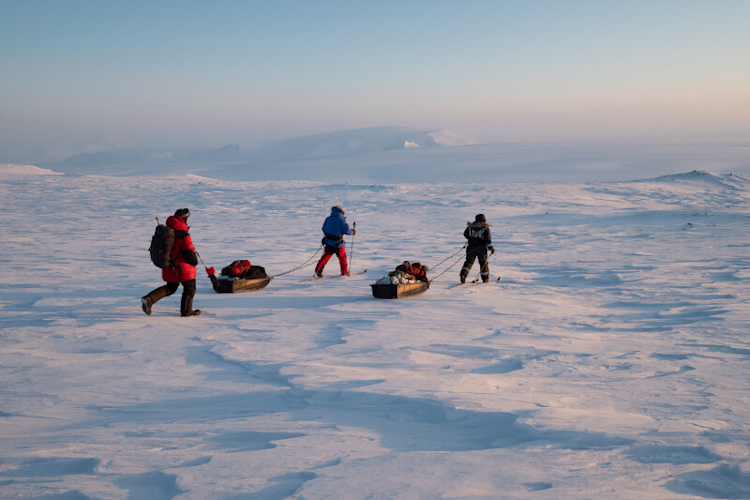During field work, my fellow scientists and I attach radio tags to a small sample of adult female polar bears, allowing us to track them over multiple years. The data are critical to our understanding of how the bears use remote habitats and survive in harsh—and changing—Arctic conditions.
To deploy radio tags, we sedate the bears. We do this via helicopter-based darting in Greenland, although in some areas bears on land are captured in culvert traps or darted from snowmobiles. Polar bears typically remain immobilized and sedated for up to one hour, during which time we mark them (with ear tags and tattoos) or re-identify them if captured before. We also measure the bears, weigh them, and collect tissue samples. Several studies have investigated the effects of capture and handling on polar bear behavior and found no long-term negative impacts.
A long history
After the first successful use of satellite telemetry in Alaska 45 years ago, follow-up research took place in the late 1970s and early 1980s in Canada and Greenland. Since those initial studies, advances in technology, tag attachment/release methods, and satellite systems have refined the trackers and improved their ability to remotely monitor polar bears, resulting in widespread and diverse use across the Arctic.
Most satellite-linked radio tags used in polar bear research are attached as collars, and almost exclusively to adult female bears. Young bears are generally not collared to avoid potential injury as they grow, and adult males can’t be collared because their necks are wider than their heads, causing the collars to slip off. Next-generation methods including harnesses, ear-mounted transmitters, glue-to-fur transmitters, and implants have been tried without success or are being tested.
Research value
In 2022, I was the lead author of an international collaborative paper that reviewed the value of satellite telemetry in addressing 21st century conservation and management challenges. These include estimating sustainable harvest rates, understanding the impacts of climate warming, identifying critical habitat, and assessing potential impacts from human activities including tourism, resource development, and extraction.
As an example of the insights gained, early scientific debate in the 1970s focused on whether there was one or more polar bear populations across the Arctic. Scientists were able to settle the question thanks to satellite data from collared adult females. The data showed that there are multiple polar bear populations in the Arctic. It also revealed that bears have seasonal fidelity to localized areas and sometimes encounter natural obstacles that impact their movements. Since then, researchers have used satellite data to document cross-migration among populations and identify occasional long-distance movements across population boundaries—including a power-walking bear that traveled up to 5,000 kilometers in one year!


















